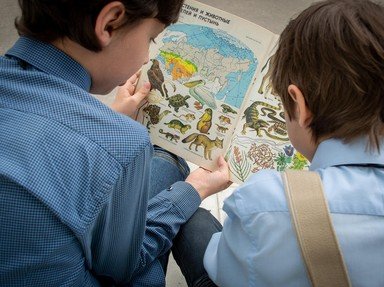Quiz Answer Key and Fun Facts
1. Hi, I am a brand-new red blood cell. That's me on the left. What is my scientific name?
2. What is the primary function of the red blood cell?
3. The red blood cell has an unusual shape. True or False: It has this shape so the cells can 'stack' up on each other to fit more red blood cells into every blood vessel.
4. Which of these is one very unusual cellular feature of a red blood cell?
5. Because so much new blood needs to be manufactured each day, which part of the body produces red blood cells?
6. How are 'old' red blood cells removed from circulation?
7. Blood comprises red blood cells, a smaller number of other cells and a watery substance called plasma. How much of the blood volume is composed of red blood cells?
8. White blood cells are larger than red blood cells (pictured) but fewer in number. What function do they perform in the blood?
9. Platelets are small irregularly shaped cells (arrowed) found in blood. They have a function in coagulation. What is it?
10. When a person loses blood faster than they can make more, they may need a blood transfusion. Which of the following statements about blood transfusion is FALSE?
Source: Author
1nn1
This quiz was reviewed by FunTrivia editor
looney_tunes before going online.
Any errors found in FunTrivia content are routinely corrected through our feedback system.
